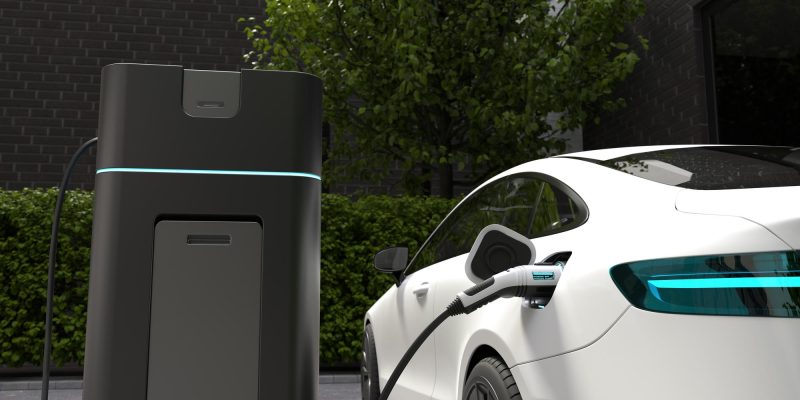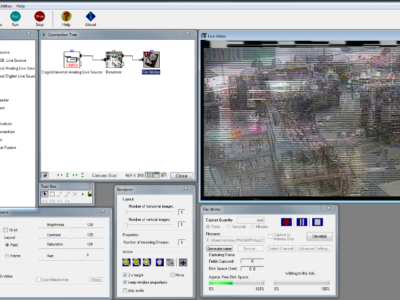Tesla EVs are made to travel long distances using batteries that work similarly to gas/petrol in gas-driven vehicles. Like most batteries, Tesla EVs require sustainable electrical recharge after a long period of intensive use.
As a means of solving the issue of Tesla charging, the company produced the Tesla Destination chargers. The destination charging network consists of level 2 chargers, specifically the Tesla Wall Connector.
Destination chargers are installed by Tesla’s “Charging Partners,” i.e., organizations – especially convenience facilities – who choose to install Tesla Wall Connectors on their property for public (customer) use. This allows Tesla drivers to park and charge their vehicles while patronizing the charging partner’s services.
This article explains every notable feature of the Tesla Destination charger. Also, you’ll learn about its speed and output rate, location, cost of use, conditions for use, etc.
Tesla Destination Charger: Conditions For Use
Using a destination charger is quite simple and requires no expertise or professionalism. The process is as easy as charging your smartphone or other electrically powered devices you own.
The only major technical requirement for the use of destination chargers is that you must own an adapter. This adapter allows Tesla drivers to charge their Tesla vehicles on several charging levels: level 1 (120 volts) & level 2 (240 volts).
Tesla Destination Charger: Location
Destination Chargers are primarily found in major convenience facilities, e.g., hotels, resorts, restaurants, etc. These charging partners install a few (mostly between 2 to 4) Tesla wall connectors on their property, especially their parking lot, allowing Tesla drivers to recharge.
Destination Chargers have become popular in urban areas, especially in America and Europe. It’s no news that many hotels have embraced this technology granting their customers access to a free charge when they lodge for long hours.
Tesla Destination Charger: Price/Charging Cost
Charging your Tesla with a Destination Charger is technically FREE! Since they are mostly installed by organizations, Tesla Destination charging locations have usually been complimentary.
In most cases, you simply have to be a customer of the charging partner and patronize their services to qualify for charging. For instance, when you lodge at a hotel with destination chargers, you get access to charge your Tesla for the whole of your stay.
Recently, Tesla has been enabling paid charging at Destination charging stations which have generally been free up to this point. Yet, charging partners who wish to unlock this perk must meet a requirement: You must have at least six wall connectors to be able to set pricing at your Destination Charging location.
Tesla Destination Charger: Charging Speed & Efficiency
Destination chargers are relatively slow in charging Tesla EVs compared to the other charging mode – Tesla Superchargers. Most Tesla Destination chargers are 220-240V/50A chargers granting you up to 44 miles per hour of uninterrupted charging.
Overall, Destination charging takes about 12 hours to charge your Tesla EV fully. However, the time taken for a full charge is influenced by several other factors, including the model of the Tesla electric vehicle, battery type & efficiency, charging level, and type of adapter.
Conclusion
Despite its slowness in charging, Destination Chargers are sometimes preferred to Superchargers. This is because they are located at convenience centers, meaning you can charge while relaxing in the hotel for long hours or overnight. You can also bet one for yourself and install it in your garage!
Also, they are currently available for free at several hotels, restaurants, etc., making them preferable to paid Superchargers. Charging partners also install Destination Chargers to entice new Tesla-driving customers.










Comments